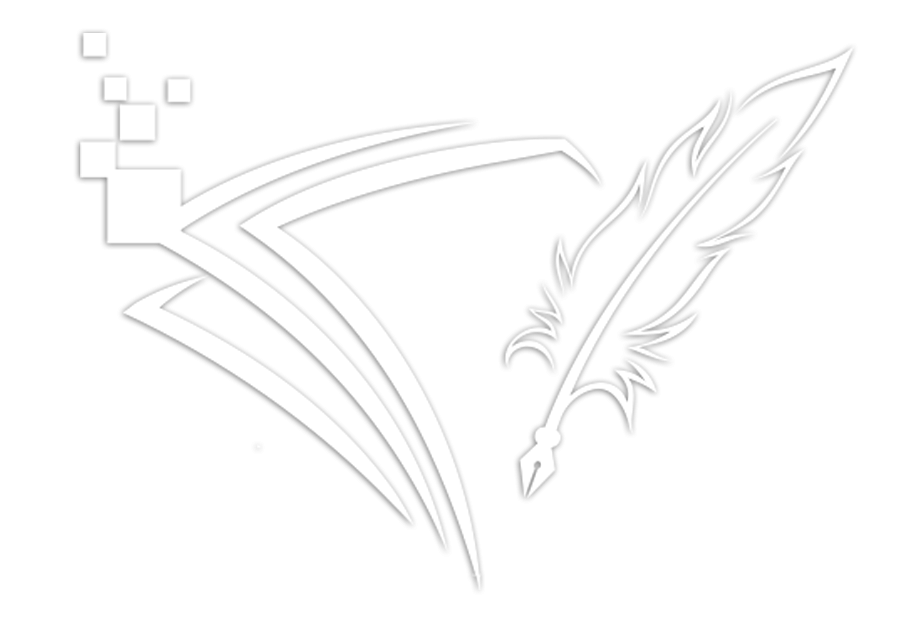Question:
Assalamualaikum ustaz. What is the meaning of the word ghurrah (الْغرَّة) and tahjil (التَّحْجِيلُ) in hadith? Thank you.
Answer:
Waalaikumussalam wrt. wbt.,
Alhamdulillah, praise and gratitude to Allah SWT for His countless blessings for us all. Praise and salutations to our beloved Prophet Muhammad PBUH, his family, companions, and all those who follow his footsteps until the Final day.
We’ll start with Allah SWT’s statement:
يَا أَيُّهَا الَّذِينَ آمَنُوا إِذَا قُمْتُمْ إِلَى الصَّلَاةِ فَاغْسِلُوا وُجُوهَكُمْ وَأَيْدِيَكُمْ إِلَى الْمَرَافِقِ وَامْسَحُوا بِرُءُوسِكُمْ وَأَرْجُلَكُمْ إِلَى الْكَعْبَيْنِ
“O you who have believed, when you rise to [perform] prayer, wash your faces and your forearms to the elbows and wipe over your heads and wash your feet to the ankles.” [1]
Al-Maraghi said the meaning of the above verse is if a person wanted to pray – while he is in hadas. The reason is all Muslims agreed that purification (ablution and obligatory bath) is not obligated for a person who wants to pray unless if he is in the state of hadas. [2]
In this matter, there is a hadith that narrated the perfection of ablution and the rewards for those who perfect their ablution as stated in the narration from Nu‘aim bin Abdullah al-Mujmir, he said:
رَأَيْتُ أبا هُرَيْرَةَ يَتَوَضَّأُ فَغَسَلَ وجْهَهُ فأسْبَغَ الوُضُوءَ، ثُمَّ غَسَلَ يَدَهُ اليُمْنى حتّى أشْرَعَ في العَضُدِ، ثُمَّ يَدَهُ اليُسْرى حتّى أشْرَعَ في العَضُدِ، ثُمَّ مَسَحَ رَأْسَهُ، ثُمَّ غَسَلَ رِجْلَهُ اليُمْنى حتّى أشْرَعَ في السّاقِ، ثُمَّ غَسَلَ رِجْلَهُ اليُسْرى حتّى أشْرَعَ في السّاقِ، ثُمَّ قالَ: هَكَذا رَأَيْتُ رَسولَ اللهِ ﷺ يَتَوَضَّأُ. وَقَالَ: قَالَ رَسُولُ اللهِ صَلَّى اللهُ عَلَيْهِ وَسَلَّمَ: أَنْتُمُ الْغُرُّ الْمُحَجَّلُونَ يَوْمَ الْقِيَامَةِ مِنْ إِسْباغِ الْوُضُوءِ، فَمَنِ اسْتَطَاعَ مِنْكمْ فَلْيُطِلْ غُرَّتَهُ وَتَحْجِيلَهُ
“I saw Abu Huraira perform ablution. He washed his face and washed it well. He then washed his right hand including a portion of his arm. He then washed his left hand including a portion of his arm. He then wiped his head. He then washed his right foot including his shank, and then washed his left foot including shank, and then said: This is how I saw Allah’s Messenger (ﷺ) perform his ablution. And (Abu Huraira) added that the Messenger of Allah (ﷺ) had observed: You shall have your faces hands and feet bright on the Day of Resurrection because of your perfect ablution. He who can afford among you, let him increase the brightness of his forehead and that of hands and legs.” [3]
Imam al-Suyuti stated the word “الْغرَّة” means the white color on the forehead of a horse. While “التَّحْجِيلُ” is the white color on its front and hind legs. It is named the light that will emerge on the ablution body parts in the hereafter with the same white color on the forehead, front and hind legs of a horse as a comparison. [4] Furthermore, the author of al-Fiqh al-Manhaji [5] said al-Ghurrah is washing one’s face up to the head, while al-Tahjil is washing the upper part of the elbows and ankles. In other words, washing a little bit more than the minimum limit of the washing such as washing more than just all parts of the face but also until the back of one’s neck and the beginnings of the head as well as for both the hands and legs to wash until the outer limits of both the elbows and ankles. [6]
According to Imam al-Nawawi, linguists said “الْغُرَّةُ” means the white color on the forehead of a horse and the word “التَّحْجِيلُ” is the white color on the front and hind legs of a horse. Scholars interpreted that the light that will emerge on the Day of Judgement will be like the white color on the horse. Furthermore, this hadith is placed in the chapter of the encouragement to wash more than the minimum limits of the ablution body parts of the head, hands and legs. [7] Imam al-San’ani also stated that this hadith is one of the evidences that show the encouragement to wash more than the minimum limits of washing the head, hands and legs when performing ablution. [8]
Syeikh Mustafa al-Bugha when commenting on this hadith in Sahih al-Bukhari stated that this hadith means that light will shine from their faces, hands and legs on the Day of Judgement. This is among the advantages granted for this ummah by Allah SWT making it a witness for mankind. [9]
Conclusion
According to the above arguments and discussion, in our opinion, the word “الْغرَّة” means the white color of a horse’s forehead. While “التَّحْجِيلُ” means the white color on a horse’s front and hind legs. Next, it is interpreted to be alight that will shine from the ablution body parts on the Day of Judgement comparable to the white color on the horse.
Thus, it is sunnah for us to wash more than the minimum limit of the ablution on the ablution body parts. Hopefully, we are from amongst those who are favoured for their ablution in the hereafter.
May Allah SWT grant us all a clear understanding in religion. Amin.
Wallahu a’lam.
[1] Surah al-Ma’idah: 6
[2] See Tafsir al-Maraghi, 6/61.
[3] Narrated by Muslim (246)
[4] See al-Dibaj ‘ala Sahih Muslim, 2/31
[5] See al-Fiqh al-Manhaji, 1/59.
[6] See Mughni al-Muhtaj, 1/191.
[7] See al-Minhaj Syarah Sahih Muslim, 3/134-135.
[8] See Subul al-Salam, 1/70.
[9] See Sahih al-Bukhari, 1/39.
